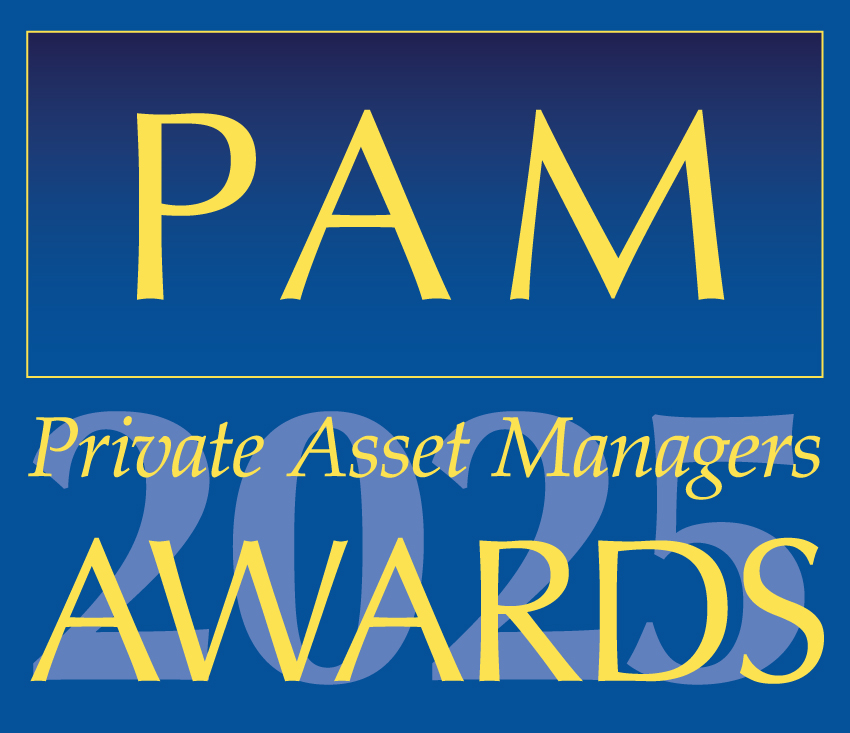A Self-Invested Personal Pension (SIPP) operates in a similar way to most personal and workplace pensions. The main benefits compared to other pensions are that they typically provide access to the widest range of investments possible and you can access your cash with full flexibility throughout retirement.
Contributions to a SIPP receive income tax relief, with 20% tax relief contributed directly into your pension by the provider, and higher and additional rate relief available to claim via your tax return. They are also completely free of capital gains tax, and dividends, interest and rent within the pension wrapper are not taxed as income. As a result, they can be a phenomenally effective way to grow your wealth. However, it’s important to remember that (excluding your 25% tax free cash) withdrawals from your SIPP will be taxed at your marginal rate.
How a SIPP gives greater control over your pension pot
The primary reason people opt to use a SIPP is for the wide range of investments they offer. Most workplace schemes have a limited list of funds available and can’t facilitate professional management. This can leave many people feeling lost when it comes to investing their pension funds. Most struggle to engage effectively with their workplace scheme and would ultimately rather leave investing their life savings to a team of qualified professionals. A high-quality investment manager should also be able to provide access to investments that aren’t available to the retail market and will require the flexibility of a SIPP to achieve this for their clients.
It’s for this reason that it’s common place for individuals to consolidate their workplace pensions into a SIPP just before retirement. It allows flexible access to their pension pot and ensures they can receive the advice and money management they are likely to need throughout retirement.
Can you hold a SIPP alongside your existing workplace pension?
Many clients ask if they can hold a SIPP alongside their existing workplace scheme, well before they retire so they can access some of these advantages earlier. In short, the answer is yes but there are several things to consider….
In order to access the increased benefits that SIPPs can provide, they often come with higher administrative costs compared to a group scheme. Given this, it’s important to ensure that the benefits outweigh the increased cost. SIPP providers’ typically offer reduced pricing as the size of the pot increases so it can simply be down to asset size. Depending on the group scheme and SIPP provider, it’s not uncommon to need in excess of £100,000 in your pension before this can present a cost effective option, with the bulk of price reductions occurring once you hit the £250,000 mark. That being said, the International Longevity centre’s research showed that individuals who were able to access advice were, on average, £47,000 better off than people (in the same income bracket) who were unable to take advice. The value of earlier access to advice and professional management of your funds shouldn’t be underestimated.
There are also some practicalities to bear in mind with this approach. Unless you have a very flexible employer, they will likely only make contributions into their selected workplace scheme. To continue receiving employer contributions you will generally need to keep this pension in place.
On top of this, your workplace scheme may be salary sacrifice. This is when an employer essentially agrees to make pension contributions in lieu of salary. All of your pension contributions will be treated as an employer contribution and you will receive full tax relief directly into the pension (higher and additional rate included) and the contribution will be gross of National Insurance as well. In order to maintain these benefits, whilst also having access to professional advice and investment management, individuals typically arrange for contributions to continue within their workplace scheme but carry out an annual transfer of these funds across to their SIPP. Whilst some might consider having two pensions a frustration, over a quarter of individuals between twenty-five and forty-five will already have three or more pensions, which increases with age. So, consolidating these into a SIPP alongside your current workplace scheme can help provide some welcome organisation and structure.
If you are becoming frustrated by the limitations of your workplace scheme, or are preparing for retirement, you might find a SIPP is right for you. However, do take advice to make sure you aren’t missing losing any benefits if a transfer is required.
Do you need help with your pension?
Our pension specialists can guide you through the world of pensions and provide the right solution for you. Get in touch to discuss how we can help you.

Article sources
Editorial policy
All authors have considerable industry expertise and specific knowledge on any given topic. All pieces are reviewed by an additional qualified financial specialist to ensure objectivity and accuracy to the best of our ability. All reviewer’s qualifications are from leading industry bodies. Where possible we use primary sources to support our work. These can include white papers, government sources and data, original reports and interviews or articles from other industry experts. We also reference research from other reputable financial planning and investment management firms where appropriate.
Saltus Financial Planning Ltd is authorised and regulated by the Financial Conduct Authority. Information is correct to the best of our understanding as at the date of publication. Nothing within this content is intended as, or can be relied upon, as financial advice. Capital is at risk. You may get back less than you invested. Tax rules may change and the value of tax reliefs depends on your individual circumstances.
About Saltus?
Find out more about our award-winning wealth management services…
Winner
Investment Performance: Cautious Portfolios
Winner
Top 100 Fund Selectors 2024
Winner
Best Places to Work 2024
Winner
Best Financial Advisers to Work For
£8bn+
assets under advice
20
years working with clients
350+
employees
97%
client retention rate








